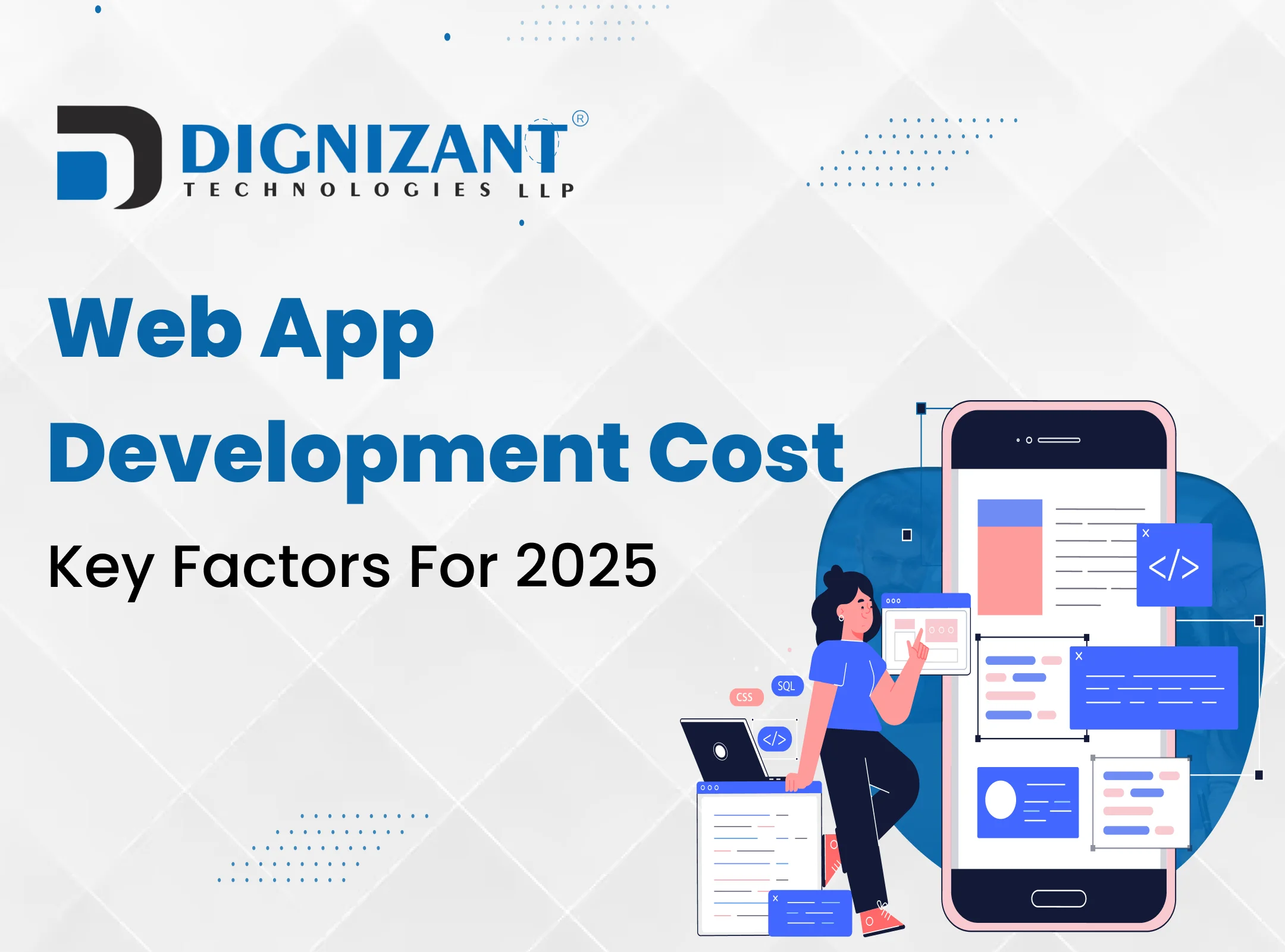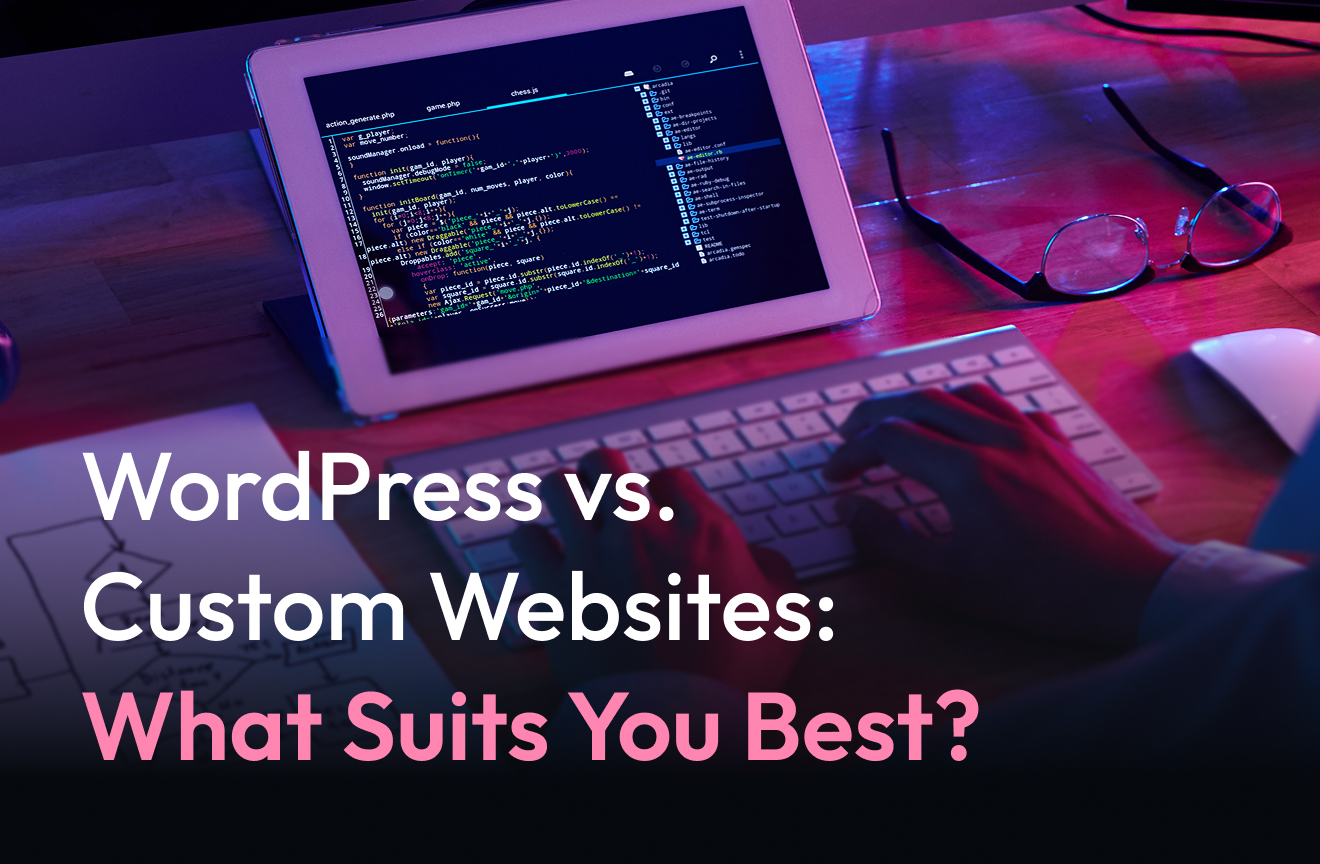Introduction: The Increasing Demand for Web Applications
Web applications are no longer a luxury but a necessity for businesses looking to streamline processes, engage users, and stay competitive. Whether you are launching a startup, expanding an existing business, or diving into e-commerce, understanding the costs of web app development is crucial. This guide will walk you through all the critical factors, types, and strategies to develop a high-performing web app without breaking the bank.
Understanding Web Applications
A web application is software accessible via a web browser. The software allows users to engage with interactive features offered to them. Unlike the static websites that are mere display of content, a web application can facilitate the interaction with a user by allowing entering data, communication, even transactions. Some examples are Gmail, Zoom, LinkedIn, etc.
What does Web App Development Cost depend upon?
The cost of developing a web app depends on several things. These include technical needs and the expertise of team members. Let’s dive deeper:
1. Feature Complexity
- Basic Web Apps: Simple apps with static content and limited user interaction, involving only login and forms with costs between $5,000 and $15,000.
- Medium Complexity Apps: Dashboards, payment gateway apps, and moderate interactivity range from $20,000 to $50,000.
- High Complexity Apps: Apps containing cutting-edge technology such as AI, chatbots, or customized APIs may run around $100,000 and up.
2. Design and UX
- A UI/UX well-designed ensures happy customers and reduced churn. The cost for the design may vary anywhere between $5,000 and $15,000. For customization like animations or interactive elements, the same costs go higher.
3. Time for Development and Number of People Involved
The more complex the app, the larger the team needed, including front-end and back-end developers, designers, testers, and project managers.
- Small apps: 2-3 months with a team of 3-4 members.
- Large apps: 6-12 months with a team of 8+.
4. Geographic Location of Developers
The cost of hiring developers differs according to their location:
- North America and Western Europe: $100-$250/hour.
- Eastern Europe and Asia: $20-$50/hour.
5. Technology Stack
The choice of technologies (React, Angular, Node.js, Django) influences scalability, speed, and cost.
6. Maintenance and Updates
Post-launch costs include bug fixes, updates, and server maintenance. Allocate 15-20% of the total development cost annually.
Types of Web Applications and Their Costs
1. Static Web Applications
Description: Provide fixed content that doesn’t change unless manually updated.
Cost: $3,000 – $10,000.
Examples: Small business portfolios, informational websites.
2. Dynamic Web Applications
Description: Content changes based on user input or interaction.
Cost: $10,000 – $50,000.
Examples: News websites, blogs with comment sections.
3. E-commerce Applications
Description: Apps with shopping carts, payment gateways, and inventory management.
Cost: $20,000 – $100,000.
Examples: Amazon, Shopify.
4. Single Page Applications (SPAs)
Description: Load all content on a single page and dynamically update as the user interacts.
Cost: $15,000 – $70,000.
Examples: Gmail, Slack.
5. Progressive Web Applications (PWAs)
Description: Deliver an app-like experience on browsers with offline capabilities.
Cost: $20,000 – $60,000.
Examples: Starbucks PWA, Twitter Lite.
Detailed Cost Breakdown by Development Phases
1. Planning and Analysis (10%)
Activities: Market research, competitor analysis, wireframing.
Cost: $3,000 – $5,000.
2. Design and Prototyping (15%)
Activities: Mockups, interactive prototypes, UX design.
Cost: $5,000 – $15,000.
3. Development (50%)
Activities: Coding the front-end, back-end, database integration.
Cost: $20,000 – $150,000, depending on complexity.
4. Testing (15%)
Activities: QA testing, bug fixes, performance optimization.
Cost: $5,000 – $20,000.
5. Deployment and Maintenance (10%)
Activities: Hosting, security configurations, updates.
Cost: $2,000 – $10,000 annually.
Hidden Costs in Web App Development
Scalability
The hosting costs may rise to more robust cloud services, such as AWS or Google Cloud, to be able to scale for the increased user traffic.
Security Compliance
Encryption and other protective measures against GDPR, CCPA, or HIPAA might demand a considerable investment.
Third-Party Services
APIs for email notifications, payment gateways, or maps might come with recurring costs.
Cost-Saving Strategies
1. Build an MVP (Minimum Viable Product)
An MVP lets you launch quickly with the most basic features, test the waters, and add advanced functionality later.
2. Outsource Development
Hiring offshore development teams from regions with lower labor costs (e.g., Eastern Europe or Southeast Asia) can significantly reduce expenses. Platforms like Upwork, Freelancer, and Toptal are excellent places to find skilled developers.
3. Use Pre-Built Frameworks and Libraries
Frameworks such as React, Angular, and Laravel have pre built parts that can speed the time to market and ultimately, save both time and cost.
4. Take cloud-based services
Hosting your app on cloud platforms like AWS or Microsoft Azure can get your infrastructure costs down immediately; you can scale with money as your user bases continue to grow.
5. Adapt agile development practices
Agile development tends to give you small incremental changes; hence, features can easily be adjusted to user’s feedback. There is wastage of resources on non-used or unnecessary functionalities.
Some Real-World Examples of Costs of Developing a Web Application
1. Spotify
Spotify, a streaming giant, started as an MVP. It was supposed to be a very stripped-down feature set. This is an estimate of about $200,000 in the initial development cost. When scaling up with millions of users, it expanded the budget dramatically, incorporating advanced algorithms, AI, and machine learning.
2. Airbnb
The original Airbnb app cost around $100,000 to $150,000 to develop. Currently, it costs millions annually to maintain and scale the platform because of its global presence, real-time features, and security protocols.
3. Slack
The initial development of Slack was around $150,000, which covered its intuitive chat interface and team collaboration tools. The growth of the platform required continuous investment in integrations and scalability.
How to Choose the Right Development Team
Choosing the right development partner is a key success determinant for your web app. Here’s how to get it right:
1. Check out portfolios and case studies:
See if the team’s style and expertise would align with the vision.
2. Tech Expertise:
Ensure they have some experience with a preferred tech stack. Like, if you need a real-time messaging app, try to look for an experience with WebSockets or Node.js.
3. Assess Communication Skills
Clear and open communication ensures your vision is understood and implemented correctly. Frequent updates and transparent reporting are key.
4. Read Client Testimonials and Reviews
Reach out to past clients to get honest feedback on the team’s performance, adherence to timelines, and quality of work.
5. Start with a Trial Project
Before committing, assign a small project or feature to gauge the team’s capabilities and work ethic.
Key Trends Influencing the Cost of Developing Web Applications
1. Integration with Artificial Intelligence
AI-rich features such as chatbots, recommendation engines, and predictive analytics are now being integrated into web applications. The increased cost of such sophisticated technology is a concern.
2. Cross-Platform Support
The cost may shoot up if your web application ensures smooth functionality on devices, browsers, and operating systems.
3. Accessibility-Driven Approach
Inclusion standards, such as accessibility standards, such as WCAG compliance, increase in importance and are considered a cost in the design and development process.
4. Advanced Security Measures
Advanced security measures such as encryption, two-factor authentication, and secure payment gateways need to be invested in these days due to increasing cyber threats.
Conclusion
The web application development process is very complex and has lots of factors, starting with feature complexity to the skills of the team involved. Costs can vary very significantly from a simple application, running just $5,000 to a feature-rich platform exceeding $100,000; however, strategic planning and smart choices can really make your product high quality without breaking the bank. Be you a startup testing waters or an enterprise scaling its operations, understanding web application development costs will ensure that all decisions are well informed.
FAQs
1. How much does a simple web application cost?
A simple web application can cost anywhere from $5,000 to $15,000. This will depend on the requirements for features and design.
2. How long does a web application take to be developed?
Development time lines vary, but most basic web applications can take between 3 to 12 months to complete, depending on the complexity of the app.
3. Can the development cost be reduced without diminishing the quality?
Yes! Starting with an MVP, outsourcing development, and using pre-built frameworks can significantly lower costs while maintaining quality.
4. What ongoing expenses should I expect after launch?
Post-launch costs include hosting, regular updates, bug fixes, and scalability enhancements, typically 15-20% of the initial development budget annually.
5. Is it better to hire an in-house team or outsource?
It depends on your long-term needs. It is cheaper to outsource for one-time projects while an in-house team works best for continuous development and support.

Stay Up to Date
Get our newsletter

Table of Contents
Toggle- Understanding Web Applications
- What does Web App Development Cost depend upon?
- Types of Web Applications and Their Costs
- Detailed Cost Breakdown by Development Phases
- Hidden Costs in Web App Development
- Cost-Saving Strategies
- Some Real-World Examples of Costs of Developing a Web Application
- How to Choose the Right Development Team
- Key Trends Influencing the Cost of Developing Web Applications
- Conclusion
- FAQs




